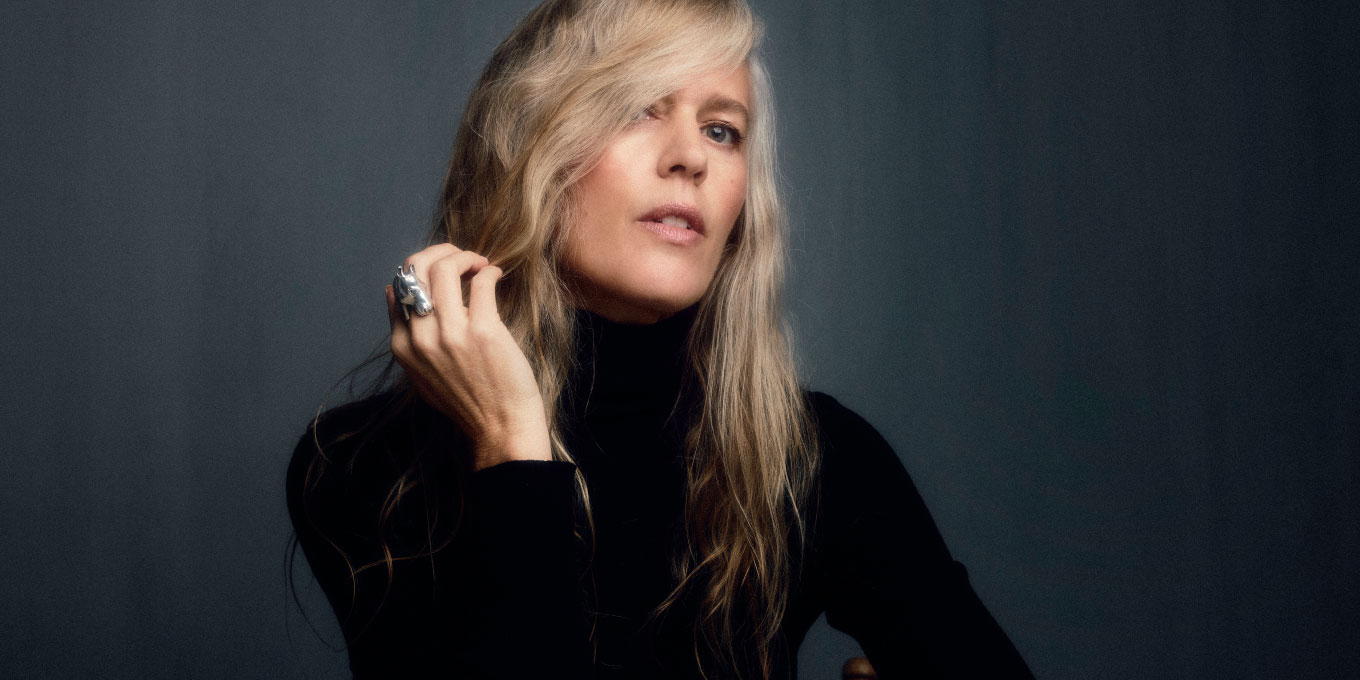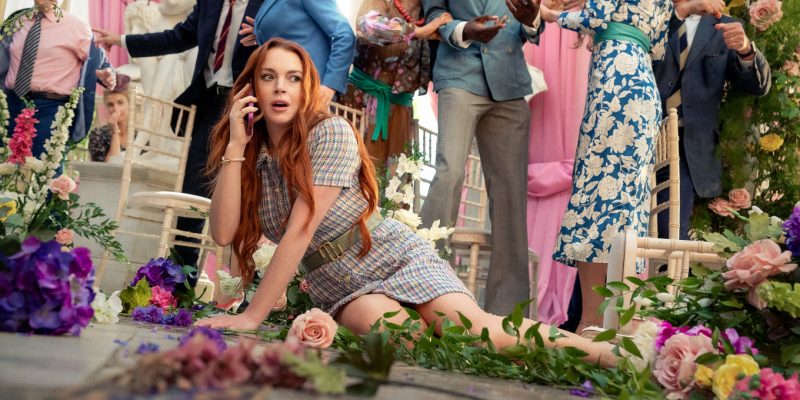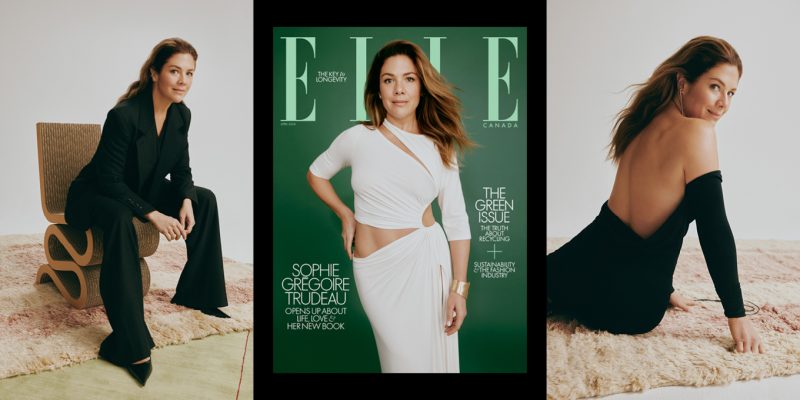Culture
Claudia Dey's New Novel Captures the Current Feminine Mood
The Canadian author and co-founder of Toronto-based fashion label Horses Atelier shares her thoughts on style, beauty and the faces of femininity.
by : Caia Hagel- Jan 3rd, 2024

DOVE DEY-KERR
If the unconscious feeling of every moment are expressed through trending styles and the clothes we wear, fashion has a special kind of intuitiveness that literature has forever understood. Clothing has always been a source of symbolism in books, and books have endlessly inspired clothing designers. Sometimes this relationship is obvious, like when Peter Do collaborated with Ocean Vong, author of On Earth We Are Briefly Gorgeous, for his recent debut at Helmut Lang and the poetry soundtrack made people cry. Or when Virgil Abloh used James Baldwin’s essay “Stranger in the Village” as the blueprint for his sublime Louis Vuitton men’s fall/winter 2020/2021 show. Or when Juergen Teller photographed Joan Didion for the Celine spring/summer 2015 campaign and her face became as iconic as her prose. But who can forget Virginia Woolf’s Orlando, whose titular protagonist is so compelling they’ve spawned a million fashion dreams? Or Mrs. Dalloway, another Woolf character, whose green dress—a gown so close to being sentient that it is a character in itself—still haunts our literary dreams?
On the heels of a runway season that unveiled a new layer of femininity via lace-draped girls in smart Miu Miu reading glasses, Daughter, the latest novel from Claudia Dey—playwright, author and co-founder of Toronto-based fashion label Horses Atelier—landed in our hands.
The tale is told by bohemian ingenue Mona, and it explores an ancient and familiar predicament for women: how to exist alongside the gargantuan male ego and find personal power beyond it. Mona’s father is a famous novelist whose narcissism destroys aspects of all the women in his life and pits them against one another. When Mona transforms into a mesmerizing con- temporary heroine while in the fire of her heartbreaks, it feels like the medicine we need right now. Daughter uses fashion metaphors to express its characters’ psychological states and captures the mood of a new-found underworld feminine feeling shining from beneath our sheer dresses. We sat down with Dey to chat about fashion, literature, the faces of femininity and her critically acclaimed new novel, which is already a national bestseller.
READING DAUGHTER, I WAS STRUCK BY HOW WELL YOU CAPTURE THE CURRENT FEMININE MOOD. CAN YOU TELL ME ABOUT THIS?
“I write for contact and for closeness—closeness to life, closeness to my reader and closeness to myself. I [created] Mona to achieve this closeness. She is the centre of Daughter; she is the one who possesses this new femininity, this transparency. She does not seek to be made legible through the lens of another; she has agency, and she has come into her power. She is inscrutable in some ways, and she has nerve and is self-possessed. These qualities are expressed in the fashion of this moment—gauze is clinical yet sultry [and allows for] a kind of exposure that is for self-construction. Fashion, like all art—and like Mona’s arc in Daughter—is the construction of personhood. The question is: Why would I hide?”
I WONDER HOW CONSCIOUS WE ARE THAT WHEN WE DRESS OURSELVES EACH DAY, WE ARE CONSTRUCTING OUR PERSONHOOD. WHAT WOULD MONA SAY?
“I love this question. I think we understand that fashion is a form of autobiography—an expression of mood, of state, of obsessions and of play. Only a few of Mona’s pieces are described: a dress with a pocket for a cellphone [that she wears] as she anxiously awaits her narcissistic god of a father’s phone calls, a surplus jacket that gives her shelter and anonymity during a grief spiral and a backless dress that she wears when she has a meeting with her spiteful stepmother. She wears the dress as a totem of strength; it’s a tactical and sly move, signalling that she is very much intact.”
BECAUSE IT EXPOSES HER SPINE?
“Yes, exactly.”
MONA ALSO WEARS HEAVY FUR IN ONE OF THE LAST POWERFUL SCENES IN THE NOVEL.
“Yes! During her emotional winter, a period of grieving, she wears all her partner’s clothes— his wool pants, his button-down and his overcoat. He is lanky, shaped like a spire, and she knows that she looks ‘like a clown.’ But that’s what fashion can do—it can take you toward and away from yourself, and Mona needs distance from her wounds. Fashion can shift your identity and make you obliterate and lose sight of yourself; it can be something to hide behind.”
THIS IS SUCH A BEAUTIFUL IDEA. IN THAT SENSE, FASHION ALSO DECONSTRUCTS PERSONHOOD AT WILL.
“Exactly. What we do when we dress is what we do when we make art—we disassemble and reassemble ourselves, and we try on different faces.”
MONA MADE ME THINK A LOT ABOUT THE METHODS WE USE AS GIRLS AND WOMEN TO ACHIEVE POWER—THE YSL LE SMOKING STYLE OF LEANING IN VERSUS THE YSL SEE-THROUGH-DRESS STYLE. ONE IS IN A TUX, AND ONE IS IN LACE, MESH, GAUZE AND TULLE. ONE COVERS CURVES, AND THE OTHER EXPOSES THEM. ONE MIMICS MASCULINITY, WHILE THE OTHER EXAGGERATES AND COMPLEXIFIES FEMININITY. MONA HAS CHOSEN OPTION TWO.
“I love this framework and YSL, so I wish I could have worn the original versions of both. Yes, Mona exposes her spine in a pivotal scene—and it is, in fact, her stepmother who describes the backless dress to the reader. [With] a kind of voyeurism, the novel transits between points of view, so we get the detail that the top band of Mona’s underwear is exposed, and it is lace. I move behind the other characters’ eyes because we can never quite escape that question of ‘How do those in my orbit see me? How do I appear to them?’”
IT SEEMS THAT CHERRY, THE WICKED STEPMOTHER OF THE STORY, IS EVIL IN PART BECAUSE SHE CAN’T FATHOM THE SEE-THROUGH-DRESS FORM OF FEMININITY. SHE ENVIES IT AND DEMONIZES IT AT THE SAME TIME—WHICH COULD BE SEEN AS A SOCIAL COMMENTARY ON CULTURE AT LARGE AND THE LE SMOKING VEIN OF FEMINISM GENERALLY. THIS LENS HAS BEEN SO CRUEL TO SOFTNESS, VULNERABILITY AND SEXINESS, YET MONA SUBVERTS IT, AND SO DOES HER MOTHER.
“You are seeing it all. Mona’s mother, Natasha, is described as Marilyn Monroe if Marilyn Monroe had driven a station wagon and worked at a radio station. The qualities you describe in Mona and Natasha—the softness, the eros, the vulnerability and the furious, precise subversion—are also the sources of their artistic power, a force Cherry is threatened by and wants to quash. She does not make art but acquires it. She is an heiress. Cherry’s dress is described as plain and pressed like a sheet of paper; it’s a very specific and polished expression of wealth. She speaks about style as something that should be invisible—[she believes that] when style is visible, it is desperate. She is not a villain, but she is oppositional in this orbit of women. She, too, was very seductive to write.”
WE LEAVE THIS GORGEOUS NOVEL WORLD FEELING EMPATHY FOR EACH AND EVERY CHARACTER. WE SEE WHERE WOMEN ARE VIS-À-VIS MEN; IT ISN’T RIGHT OR WRONG, BUT IT DOES GIVE US PERMISSION TO BE LESS AFRAID OF HYPERFEMININITY. MAYBE IT’S TIME TO EXPLORE OTHER TACTICS, WHICH IS SOMETHING WE CAN LEARN A LOT ABOUT FROM MONA.
“What is to come for women? Where will we go next? I keep thinking about the patriarchal [canon] versus the matriarchal canon. We were raised [to see] male writers as mentally central, as important and as masters. I love to see how we, daughters, are redescribing life.”
Newsletter
Join our mailing list for the latest and biggest in fashion trends, beauty, culture and celebrity.
Read Next

Beauty
The Best Met Gala Beauty Looks Of All Time
From Taylor Swift's 'Bleachella' era to Rihanna's iconic 2011 braids, meet the best beauty moments in Met Gala history.
by : Katie Withington- Apr 26th, 2024

Culture
Benny Blanco Says He Fell in Love With Selena Gomez Without ‘Even Noticing’ It
Allow Benny Blanco to tell the straight-from-a-rom-com story of how he realized his feelings for his girlfriend and longtime friend.
by : Alyssa Bailey- Apr 26th, 2024

Beauty
ELLE Tried It: Five Serums to Up Your Skincare Game
Members of the ELLE team tested Avène Dermatological Laboratories’ five new concentrated serums. Here's what they thought.
by : ELLE Canada- Apr 25th, 2024





